 Most newspaper websites are cluttered but utilitarian at best. Many, like my local paper, have undergone elaborate and expensive redesigns in recent years but still suck ass, if for no other reason than that they can’t really get the interface right and so are interminably tweaking it, not to mention that they allow their advertisers to shit all over the page layout with intrusive Flash overlays that jump out unexpectedly and cover what you’re reading if you let your mouse hand drift across the wrong spot on the page.
Most newspaper websites are cluttered but utilitarian at best. Many, like my local paper, have undergone elaborate and expensive redesigns in recent years but still suck ass, if for no other reason than that they can’t really get the interface right and so are interminably tweaking it, not to mention that they allow their advertisers to shit all over the page layout with intrusive Flash overlays that jump out unexpectedly and cover what you’re reading if you let your mouse hand drift across the wrong spot on the page.
I’ve noticed in general that the British media seems to have more design sense, in that they actually seem to care about making things usable — in other words, facilitating the dissemination of information — as opposed to first and foremost making a buck, no matter how crass the means.
I don’t think I’ve ever looked at a newspaper website, though, and said, “Wow, that’s really good design!” but that all changed today when I saw the new site for the Guardian.
Maybe it’s the fact that there’s no advertising whatsoever on the home page. At least that’s a start. The layout is clean and well-organized, and doesn’t feel crowded or overwhelming, even though there are four columns and approximately 85 gazillion links on the page. Something else that helps: color coded sections. There’s risk in using a lot of different colors in a design. The page could easily end up looking like My Little Pony barfed all over it. But the nine different thematic colors are represented solely by colored type in the navigation bar at the top (no colored rectangles or obnoxious 3-D tabs) and by thin horizontal bands identifying the beginning of each section’s home page real estate.
True, on my 1280×800 display, the home page scrolls to the height of seven screens. A bit much, but the aforementioned organization keeps things manageable.
Ultimately, the designers have somehow managed to find the optimal midpoint between bland, utilitarian black-and-white monotony and retina-scorching, brain melting sensory overload. And in the land of newspaper websites, the space between the two is surprisingly small.
It’s no wonder that they won Website of the Year in the British Press Awards. Kudos!